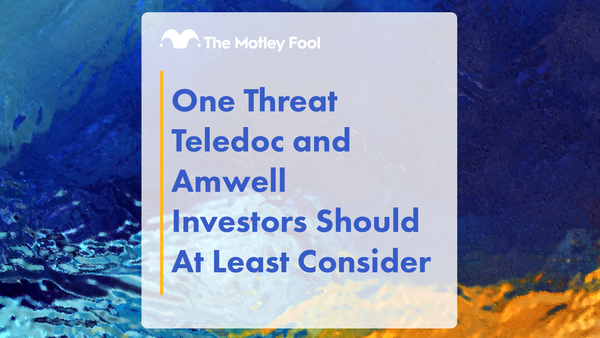Swiss drug giant Roche (RHHBY 0.61%) has continued a reasonable run of performance in the stock market. The Swiss-listed shares have delivered middle-of-the-road performance this year relative to other Big Pharma names like Lilly, Merck (MRK +0.49%), Bristol-Myers (BMY 0.27%), and Pfizer and still offers a solid dividend. Roche continues to sport one of the strongest oncology pipelines in the space, but the company also has the opportunity to drive upside from its non-oncology pipeline, an area that hasn't generated as much value in recent years.
Decent sales growth and better operating leverage
Roche reported a 1% decline in sales in Swiss francs and 4% growth in constant currencies, good for a modest beat of sell-side expectations. Drug sales rose 4%, as the core drugs Rituxan, Avastin, and Herceptin saw constant currency growth of 5%, 4%, and 9% respectively. Roche also saw strong growth from newer compounds like Perjeta (up 277%) and Kadcyla (up 105%).
Diagnostics saw 5% constant currency growth in the second quarter and 6% growth for the first half. Roche doesn't offer the same detail on a quarterly basis for diagnostics, so switching to first half results, Roche saw 9% growth in professional diagnositcs, flat results in diabetes, 4% growth in molecular diagnostics, and 9% growth in tissue diagnostics.
First half gross margin improved almost three points and operating income rose 7% in constant currency terms, good for a 4% beat over analyst expectations. The margin in the diagnostic business was weak (leading to a 9% miss), but Roche made up the difference with a 5% beat in the pharmaceutical business.
No obvious path forward in Alzheimer's
Roche announced frustrating data on crenezumab in Alzheimer's on July 17. Expectations were low going into the release (as they should be for Alzheimer's drug trials) and Roche did report that the antibody failed to show statistically significant improvement in cognition and function in mild and moderate patients. Looking at the mild sub-group, though, the antibody showed a 35% decline in the rate of cognitive decline (p=0.036) and a 20% trend reduction in functional decline (p=0.423).
In some respects these data are similar to what Lilly saw in its Alzheimer's program, with indications of efficacy in mild patients. It is unclear what Roche will do next. The company has another antibody in Phase III (gantererumab), but that data won't be available until 2016, and it is unclear if Roche wants to launch another high-risk clinical program. While the market potential of an effective drug in mild AD patients would be over $1 billion (if not several billion dollars), Roche is very much unlike Lilly in that it does not favor high-risk drug trials nor sub-group analysis as the basis for further studies.
A deep shelf in cancer
Roche maintains one of the strongest pipelines in oncology, with over 20 new molecular entities in its pipeline. Roche has three specific immuno-oncology drug candidates in human trials and expects to add another six over the next 12 months and has more than 10 other compounds in preclinical development. Between PD-L1, anti-OX40, anti-CEA-IL2, anti-CSF1R, and anti-CD40, to say nothing of targets not yet revealed, Roche has one of the deepest pipelines in the space and the potential for over $20 billion in peak sales.
Bristol-Myers and Merck are further ahead of Roche in terms of getting the first PD-1/PD-L1 drugs to market, but Roche has a very deep collection of compounds that both "remove the brakes" and "push the gas" on various parts of the immune response to cancer. While Bristol-Myers also has a deep pipeline of IO targets, Roche can not only combine IO drug candidates but also add "traditional" cancer-fighting targets like anti-MET and PI3K to the potential combos. By comparison, Merck is more dependent on partners for potential combo therapies.
Still waiting for the non-oncology pipeline
Roche spends quite a bit on R&D, but the returns on the non-oncology portion of the pipeline haven't been great in recent years. Recent data on quilizumab in asthma were quite encouraging and this may well be an entirely new approach to the disease (attacking B-cell precursors and basically nipping the disease in the bud). Other Phase II read-outs this year include a hemophilia drug (ACE910) and a drug for depression (mglu5). Roche's non-oncology targets are challenging and success is absolutely not assured, but it would go some way to help Roche's valuation if it can reestablish a credible non-oncology pipeline.
The bottom line
Roche is not a markedly undervalued stock today, but that is not at all uncommon in the Big Pharma space. There are a few stocks I'd advise considering alongside Roche (including Pfizer and Sanofi), but Roche does still offer some upside and that upside could increase if these non-oncology pipeline candidates work out.








